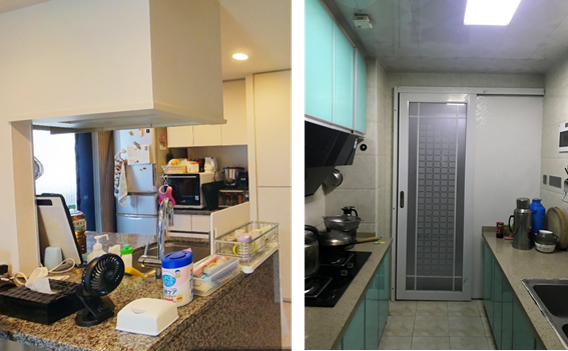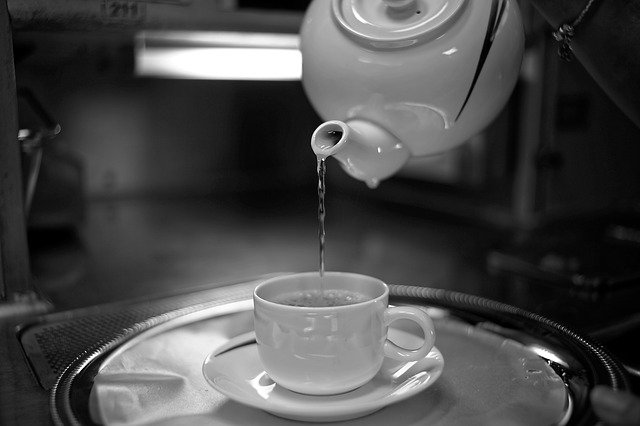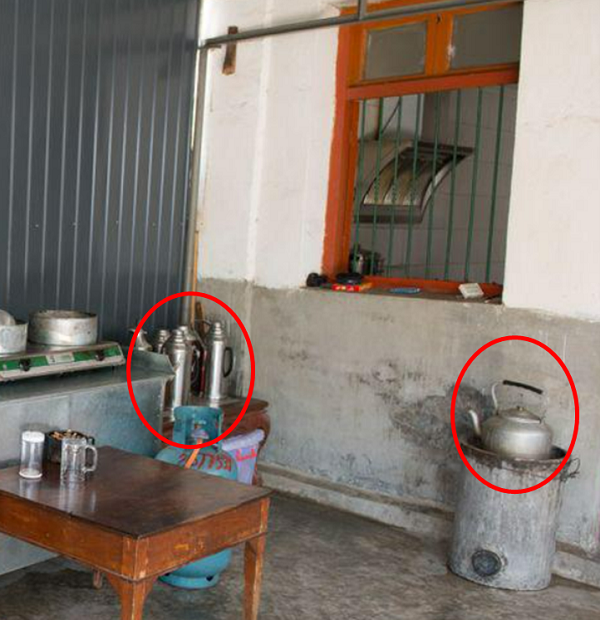[China: World Residence Tour] Why the Chinese Prefer Hot Water to Cold Water
- Release date: Aug 22, 2023
- 12421 Views
Water is the source of life, and replenishing fluids is essential for humans every day. We previously introduced the Vietnamese obsession with water (Vietnam: How the World Lives - Vietnamese Obsession with Water Quality (https://www.global-market-surfer.com/pickup/detail/385/https://www.global-market-surfer.com/pickup/detail/385/)). This time, expanding beyond just water to the keyword “beverages,” we will explain the drinking habits of Chinese consumers, whose culture is close to Vietnam's, by introducing Chinese consumers registered in Consumer Life Panorama.
It's not just about being rude: Why we serve hot water instead of cold water to guests
Those who have lived in both Japan and China will likely notice one difference when dining out. In Japan, it's common to be served “o-rei”—iced water—whereas in China, not only is “o-rei” rarely offered, but even plain water is seldom served. Instead, hot tea is typically provided.
In Japan and Western countries, it's customary to drink water or cold water, but in China, if cold water is served at a restaurant, customers would surely consider it rude. This isn't limited to restaurants; when friends visit, it's common to welcome them with warm tea. If tea isn't available, at the very least, warmed water or hot water should be prepared. It's also a way to express one's warm feelings.
Actually, in China, the reason hot water is served instead of cold or room-temperature water isn't just because it's considered rude. The reason lies in China's unique traditions and history. As previously introduced in the “Small Items Edition” (https://www.global-market-surfer.com/pickup/detail/168), the traditional aspect behind this practice is rooted in the theory of yin-yang harmony from traditional Chinese medicine. Chinese people have long believed that drinking hot water has a “warming yang” effect. It drives away cold, neutralizes the “yin” energy within the body, and thus has a healing effect.
Historically, besides the custom of brewing and drinking tea with hot water dating back thousands of years, the spread of infectious diseases caused by unsanitary raw water, especially from the 1950s onward, necessitated government action. While European countries and Japan primarily improved tap water quality to drinkable standards through upgrades to water and sewage systems, China, lacking sufficient funds, launched a nationwide top-down campaign promoting boiled water consumption. This habit persists to this day.
Around the end of 2022, “hot water” sold for a limited time at Japanese convenience stores briefly became a hot topic online. Reasons cited for its popularity included women seeking relief from winter cold and its perceived health benefits, with many drinking it consciously for wellness. This may share some common ground with the reasons people drink hot water in China.
In Japan, drinking tap water is common, but Chinese people generally avoid it. Like Vietnamese people, they often boil it first or buy commercially bottled mineral water. (See: [Vietnam: How the World Lives] Vietnamese People's Commitment to Water Quality (https://www.global-market-surfer.com/pickup/detail/385/)) Consequently, kettles and water dispensers are common sights in Chinese homes.
Various occasions for drinking warm beverages and the utensils used
We've discussed why Chinese people prefer warm drinks over cold ones, but different beverages suit different occasions.
The most common and universally consumed drink is tea. In China, however, it's not just green tea and black tea that are popular—flower teas are also quite favored. This stems not only from tradition but also from health consciousness. For example, chrysanthemum is said to reduce fever, while rose is believed to have beauty benefits. Furthermore, some households even have dedicated pots for brewing flower teas or other teas.
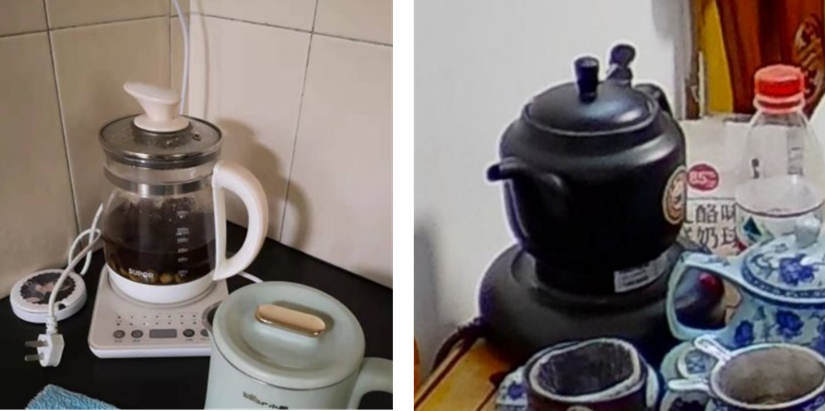
Households with dedicated tea pots (CN_107)
Source: Consumer Life Panorama
What is Consumer Life Panorama?
This is a website-type database that has accumulated visual data on more than 1,000 sei-katsu-sha from 18 countries around the world. The database includes many 3D models of living environments and 2D data of items owned by each sei-katsu-sha, and is useful for understanding overseas sei-katsu-sha, which is difficult to grasp using only letters and numbers.
Using visual data such as those cited in this column,
Compare the differences in the attributes of overseas consumers
To get a realistic understanding of the actual usage of each category
To understand the overall lifestyle of target consumers
etc., can be utilized as a “no-go” home visit survey.

On the other hand, bottled tea is also sold, but unlike in Japan, even green tea often contains sugar, making it quite unpalatable to Japanese tastes. There are two reasons for this: one is to neutralize the astringency and bitterness of lower-quality tea leaves, and the other is to create a more universally appealing flavor, including for younger consumers. However, in recent years, as health consciousness has grown, beverages promoting no sugar and zero calories have also begun to expand.
Additionally, from a traditional Chinese medicine perspective, it is a common practice among Chinese women to drink a mixture of hot water with black sugar, hawthorn, and jujube during menstruation to replenish blood. Fundamentally, traditional Chinese medicines are not meant to be consumed cold; they are typically brewed and drunk.
Devices for boiling water include kettles and electric pots. Thermos flasks are widely used for storage. While thermos flasks in Japan serve both heat retention and cooling purposes, they are often called “保温瓶” (warmth-retaining bottles) in China, suggesting they are primarily used for heat retention.
In China, some households still use old-fashioned retro thermos bottles, while others use electric kettles with heat retention functions or water dispensers that provide hot water. However, while these are fine for home use, they share the drawback of being inconvenient to carry around. This creates high demand for portable stainless steel water bottles. Among these, Japanese brand thermos bottles are particularly popular, highly praised for their excellent heat retention.
Water bottles serve various purposes. Office workers use them to drink hot water or brew tea at work. One particularly popular use, especially for a time, was placing goji berries—known to be good for the eyes—in a thermos filled with hot water to relieve eye strain from long hours of work. They are also used for hydration while driving, traveling, or other outings. Furthermore, keeping one in the bedroom means you don't have to leave your room when you wake up at night craving a hot drink.
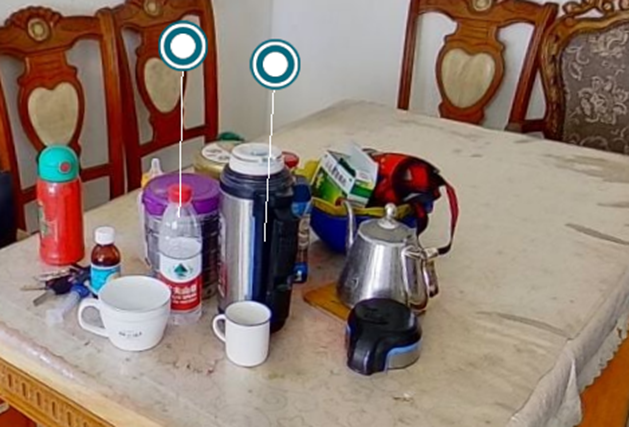
Households with water bottles, thermoses, and teapots (CN_82)
Source: Consumer Life Panorama
-
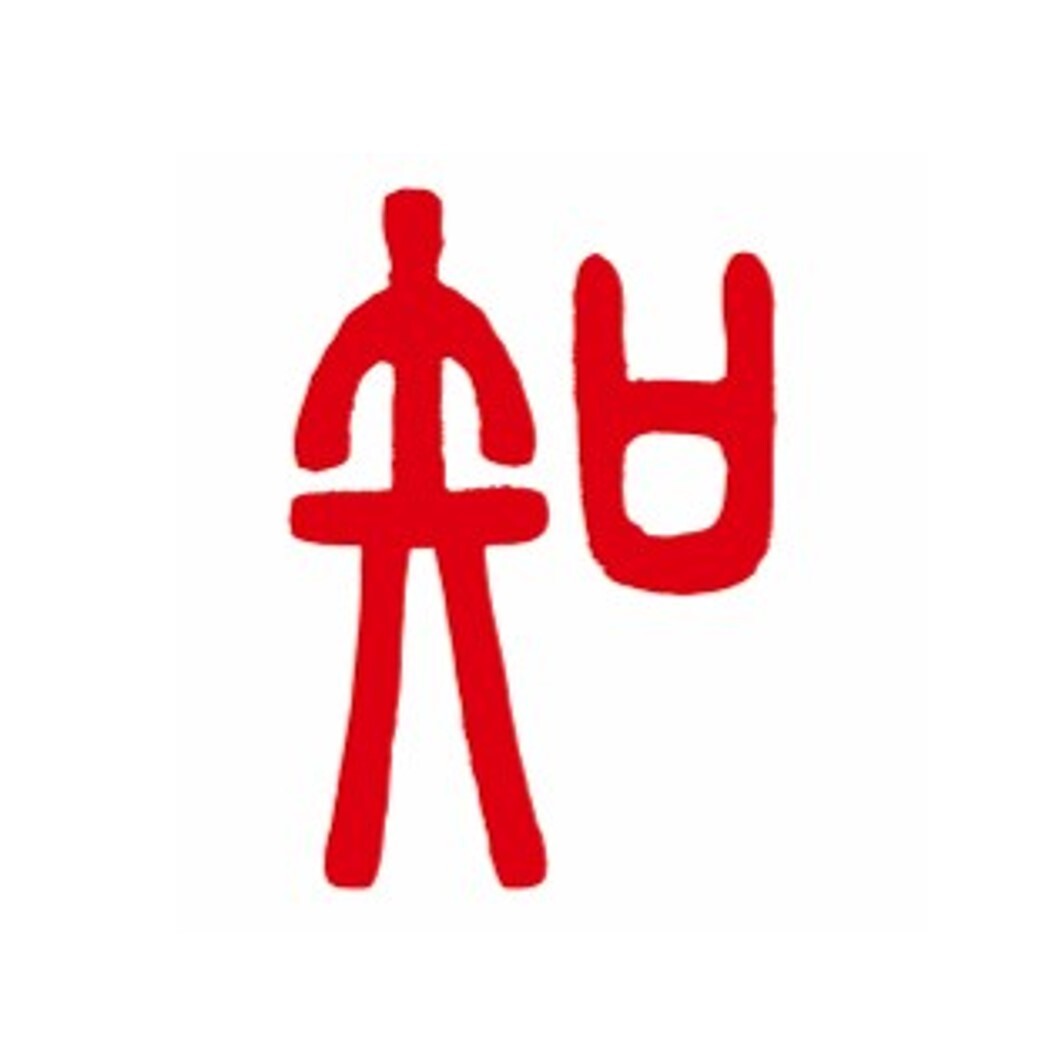
Author profile
Yang Yan
A Chinese researcher based in Japan who primarily shares insights on overseas consumer lifestyles, focusing on China. I have three water bottles at home.
-

Editor profile
Risa Takahama
I was in charge of building the Global Market Surfer website. Influenced by a Chinese colleague's policy of “never drinking cold beverages even in summer,” I started drinking hot water or warm tea even during summer while working from home. Somehow, it seems to have alleviated my cold extremities during winter.
 Global Market Surfer
Global Market Surfer CLP
CLP
